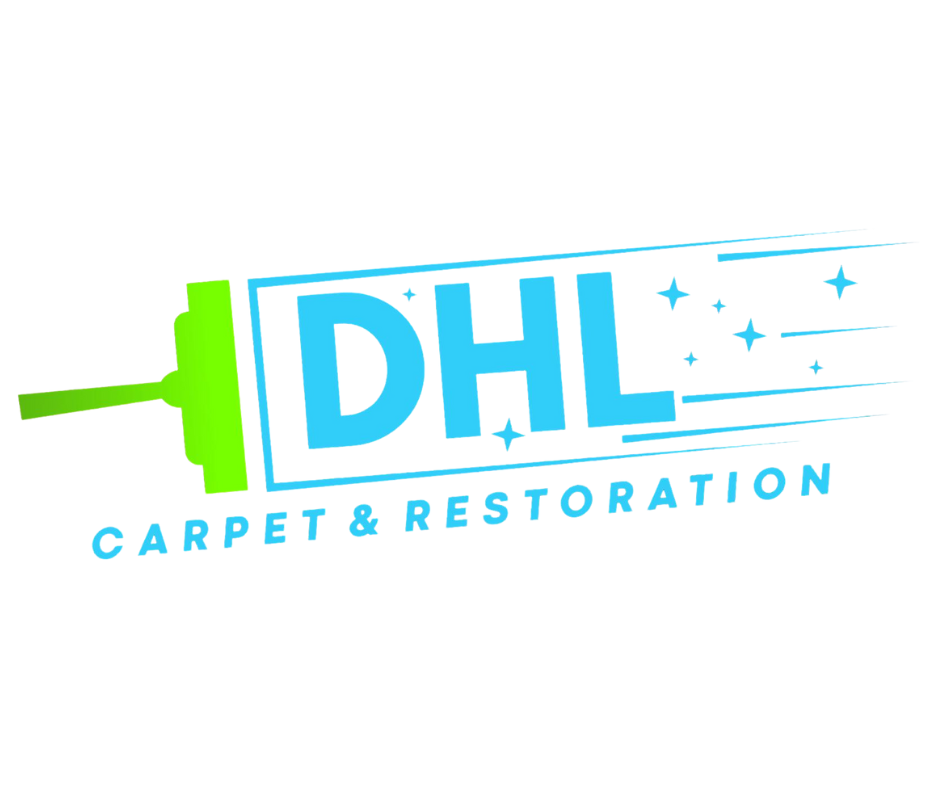Each season brings unique challenges for property owners—but one risk that persists year-round is water damage. Whether it’s freezing winter temperatures or sudden summer storms, seasonal shifts create conditions that can threaten both homes and commercial buildings. From frozen pipes to roof leaks, understanding how weather changes impact your property is the first step in prevention. When damage does occur, timely water damage restoration is essential to reduce costly repairs and protect the structural integrity of the space.
Winter, Spring, Summer, and Fall: Water Risks in Every Season
In winter, one of the most common causes of water damage is frozen pipes. As temperatures drop, water inside exposed or uninsulated plumbing can freeze and expand—eventually leading to pipe bursts and flooding once the ice thaws. Snow accumulation on roofs can also melt during sudden warm spells, causing ice dams and interior leaks.
Spring introduces a different set of challenges. Melting snow, heavy rainfall, and saturated soil can overwhelm sump pumps or drainage systems, causing basements to flood. Gutter blockages and poorly maintained downspouts often direct water toward the foundation, increasing the risk of seepage and long-term structural weakening.
During summer, intense storms and hurricanes can strike with little warning. Roof damage, window leaks, and flash flooding are more common this time of year. Commercial properties with flat roofs are especially vulnerable to pooling water, which can lead to ceiling damage and mold growth if left untreated.
In the fall, fallen leaves clog gutters and outdoor drains, trapping water and creating overflow. Cooling temperatures also signal the need to winterize outdoor plumbing and irrigation systems to prevent freezing in the coming months. Seasonal transitions are a perfect time to inspect your property for vulnerabilities and complete maintenance before weather conditions worsen.
Hidden Damage and Delayed Consequences
One of the most dangerous aspects of seasonal water damage is how it can go unnoticed. Water intrusion during a storm or slow leaks from condensation in HVAC systems may not show visible signs until weeks later. Behind walls or under flooring, moisture creates the ideal environment for mold, mildew, and wood rot to take hold. Over time, this silent damage can lead to compromised insulation, warped floors, stained ceilings, and even foundational issues.
This is especially problematic in commercial settings, where mechanical rooms, basements, and storage areas may not be regularly inspected. Delays in identifying and treating water damage can lead to operational disruptions, safety risks, and significant financial losses.
Preventative maintenance is essential—seasonal roof inspections, gutter cleaning, pipe insulation, and drainage evaluations help mitigate these risks. Catching problems early allows you to take corrective action before the damage escalates.
Responding Quickly with Professional Restoration
When water damage occurs due to seasonal events, time is of the essence. Professional water damage restoration teams use specialized equipment to assess moisture levels, extract standing water, and dry affected structures before more serious problems develop. This includes identifying hidden water behind walls or under flooring using thermal imaging and moisture sensors.
Restoration specialists also handle sanitization, mold prevention, and repairs—offering a comprehensive solution to get your home or business back to normal safely and efficiently. Their expertise ensures that all affected areas are treated correctly, reducing the chance of future damage and supporting long-term property health.
No matter the season, staying proactive about property maintenance and knowing when to call in experts is the best way to prevent small problems from turning into major emergencies. Understanding the connection between seasonal changes and water damage helps property owners stay ahead of the risks—and prepared for whatever weather comes next.
Learn more about water damage restoration:
Hidden Water Damage Sources You Might Not Notice Until It’s Too Late

